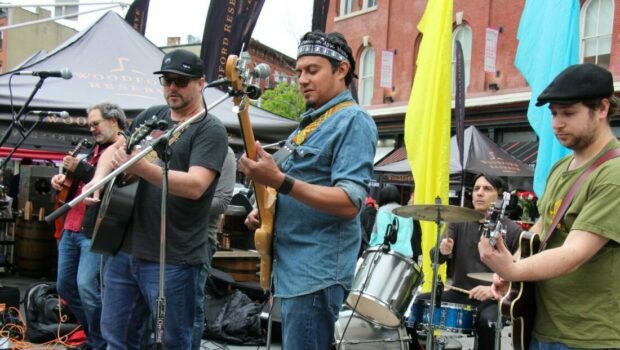
ONE SWEET DREAM: Jersey City Looks at Ways to Fund Local Arts & Culture Initiatives
(ABOVE: Musicians play to the crowd at Groove on Grove)
“You never give me your money
You only give me your funny paper
And in the middle of negotiations
You break down…”
Hudson County was long a viable alternative for artists and musicians who have endeavored to create their own unique work within the glow of New York City’s lights. Over the years, that concentration o talent has cultivated a unique scene that has drawn more and more to the Gold Coast on this side of the river. An apparent victim of its own success, a number of factors have made it increasingly difficult for the arts and artists to maintain a foothold here over the years.
“Cities across the nation are seeing the dissolution of their cultural history and the art that expresses it, in favor of the initiatives of the real estate industry to rebrand, redefine and reprice neighborhoods,” said musician and Jersey City resident Sylvana Joyce, at a meeting last week to discuss ways of supporting the arts community. “Instead of elevating communities, this gentrification comes at the expense of the people who live, work and create there, and the generations who have built their families and businesses there.”
Joyce was there because she has recognized the urgency of the situation, adding, “All of us here tonight know that Jersey City has been lingering at the tipping point of this trend for quite some time, and it is a very real threat to what our arts community the Arts Council, and Cultural Affairs have worked tirelessly to protect.”
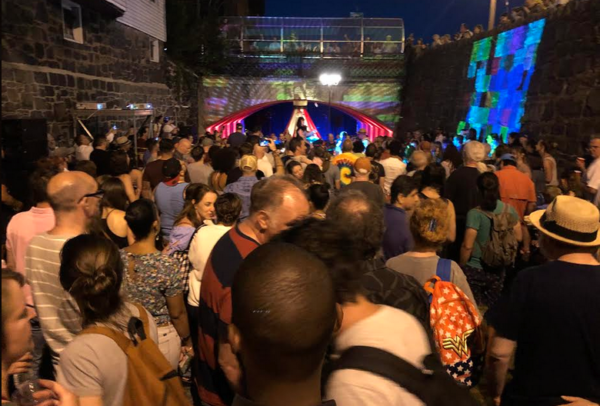
Vault Allure – JC Heights; August 10, 2019
At that meeting, Jersey City Mayor Steven M. Fulop announced a plan to let the voters decide on the establishment of an Arts & Culture Trust Fund this November to exclusively support funding for local artists and arts education. Per the proposed referendum, the tax revenue will be used directly to support creative and cultural activities which includes performance, visual, and fine arts, music, dance, graphic design, film, digital media and video, architecture and urban design, humanities, literature, arts and culture education, historic preservation, museum curation, crafts, and folk arts.
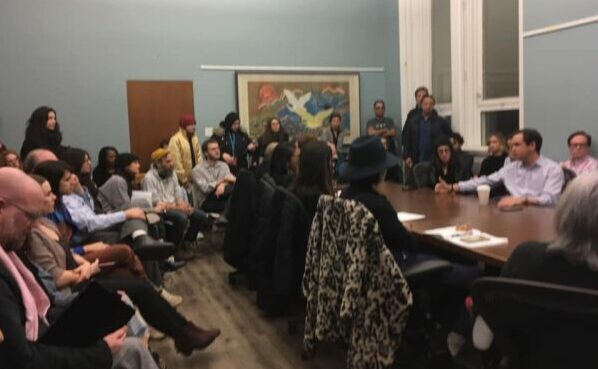
Packed room at arts funding meeting with Mayor Fulop and Cultural Affairs Director Christine Goodman — image via Jersey City Arts Council/Facebook
“We all believe that in order for arts and culture to thrive here, it is important to build new and sustainable models for funding,” said Fulop. “That’s why we stepped up to the plate when no one else did, to make sure we can financially support the creative and cultural activities for our residents and children now and for future generations to learn and enjoy.”
The proposed Arts & Culture Trust Fund will be funded at a maximum rate of $0.02 per $100 of assessed property value, and will directly benefit local artists and organizations to help them grow and thrive. Even with its already-vibrant arts Hudson County is one of the lowest funded areas for the arts in New Jersey.
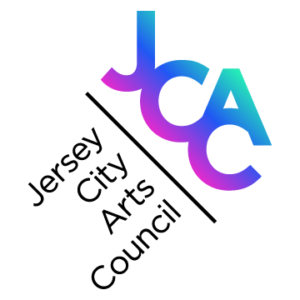 “Arts are vital to the fabric of Jersey City, and this tax will help our organizations sustain programming,” said Ward B Councilwoman Mira Prinz-Arey. “For less than the cost of a movie ticket, we can support the local arts organizations to help them thrive while providing an array of entertainment opportunities for residents and visitors to enjoy, ranging from art galleries to stage productions and more.”
“Arts are vital to the fabric of Jersey City, and this tax will help our organizations sustain programming,” said Ward B Councilwoman Mira Prinz-Arey. “For less than the cost of a movie ticket, we can support the local arts organizations to help them thrive while providing an array of entertainment opportunities for residents and visitors to enjoy, ranging from art galleries to stage productions and more.”
As one of the most diverse cities in the nation, many in Jersey City recognize the city’s burgeoning arts community while honoring its rich cultural history.
“Jersey City has long been home to some of the most skilled and progressive artists in the state,” said Heather Warfel Sandler, Chair of the Jersey City Arts Council. “We are excited about the potential to finally support our artists with sustainable funding, and for the public to recognize that the arts are an essential element of society.”
The proposed referendum would require voter approval in November, signalling that there is still a long way to go in a process that could yield anywhere from $800,000 to $1 million per year for support of the arts.
“When we make the choice to protect the arts and culture of our local community, we follow the lead of other great cities who have implemented and enforced arts legislation, and also blaze the trail for others to do the same,” says Joyce. “This needs urgent action. Our livelihood is at stake.”
***

 Previous Article
Previous Article Next Article
Next Article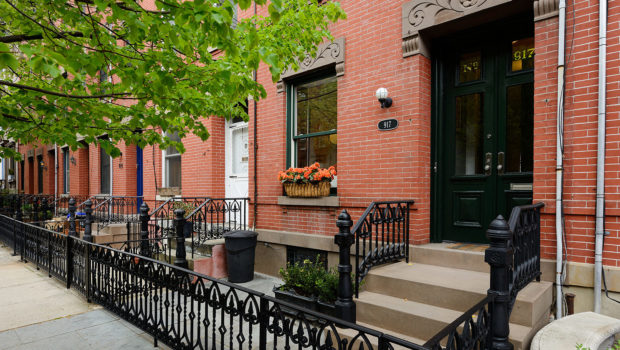 FEATURED PROPERTY: 917 Bloomfield Street, Uptown Hoboken; Renovated 4-Story Townhome — $1,950,000
FEATURED PROPERTY: 917 Bloomfield Street, Uptown Hoboken; Renovated 4-Story Townhome — $1,950,000 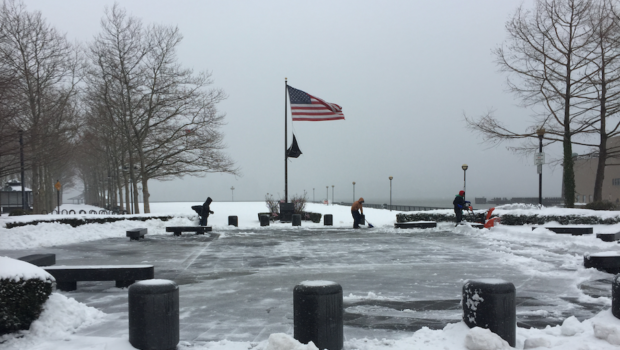 hOMES: Weekly Insight Into Hoboken & Jersey City Real Estate Trends | March 2, 2018
hOMES: Weekly Insight Into Hoboken & Jersey City Real Estate Trends | March 2, 2018  FEATURED PROPERTY: 761 Belvidere Ave, Westfield; 3BR/3BA — $649,000
FEATURED PROPERTY: 761 Belvidere Ave, Westfield; 3BR/3BA — $649,000 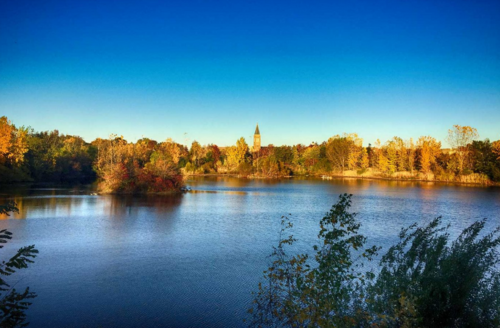 hOMES: Weekly Insight Into Hoboken & Jersey City Real Estate Trends | October 11, 2019
hOMES: Weekly Insight Into Hoboken & Jersey City Real Estate Trends | October 11, 2019  WATER MUSIC: Rob Grenoble Talks 30+ Years as Hoboken’s Premier Recording Studio
WATER MUSIC: Rob Grenoble Talks 30+ Years as Hoboken’s Premier Recording Studio 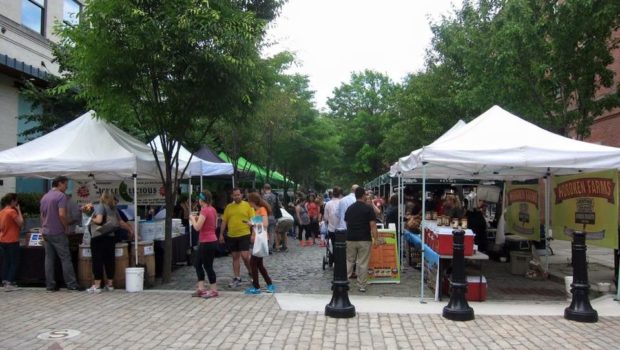 GARDEN STREET FARMERS’ MARKET: 7th Season Kicks Off This Saturday
GARDEN STREET FARMERS’ MARKET: 7th Season Kicks Off This Saturday  FEATURED PROPERTY: 613 Drake Pl, Westfield, NJ; 4BR/5BA — $899,000
FEATURED PROPERTY: 613 Drake Pl, Westfield, NJ; 4BR/5BA — $899,000  FEATURED PROPERTY: 700 Grove Street #7E, Jersey City; Beautiful 2BR/2BA — $748,000
FEATURED PROPERTY: 700 Grove Street #7E, Jersey City; Beautiful 2BR/2BA — $748,000